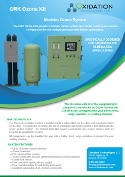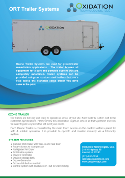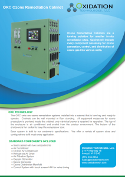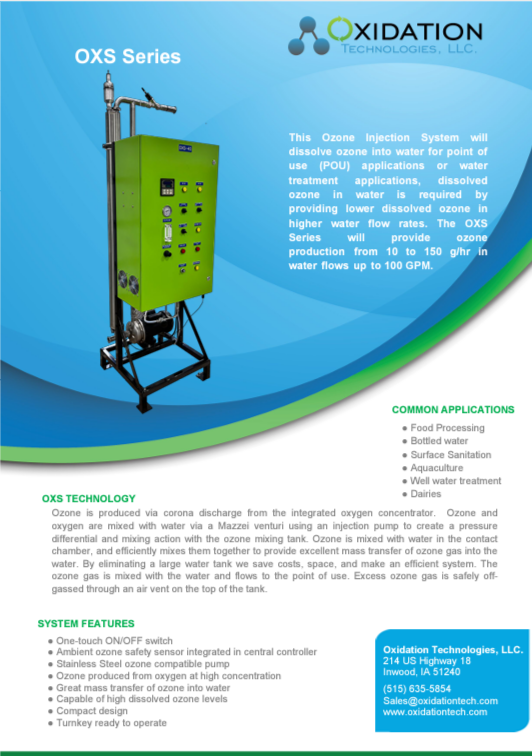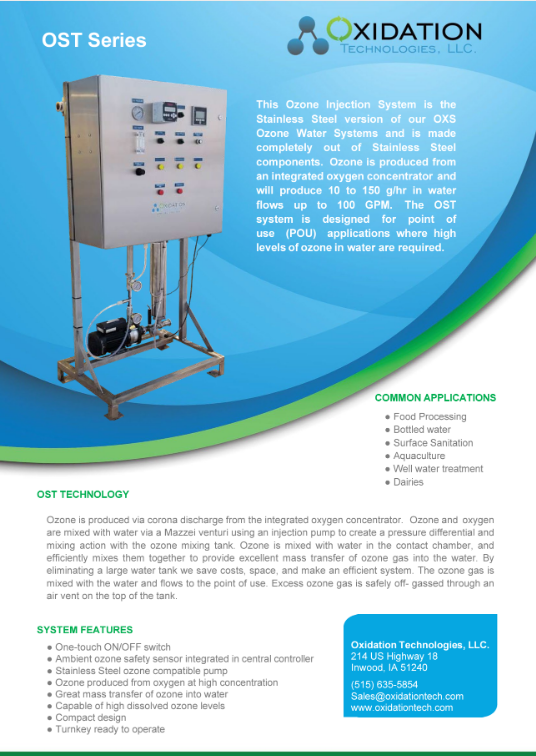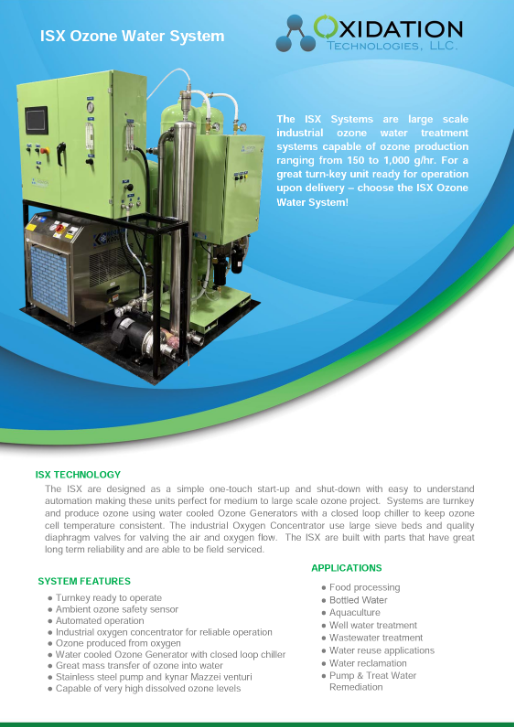Treatment of groundwater contaminated with gasoline components by an ozone/UV process
Authors: Temesgen Garoma, Mirat D. Gurol, Olufisayo Osibodu, Lalitha Thotakura
Department of Civil, Construction, and Environmental Engineering, San Diego State University, 5500 Campanile Drive, San Diego, CA 92182, United States
Received 20 March 2008, Revised 25 June 2008, Accepted 27 June 2008, Available online 8 August 2008
Abstract:
In this paper, the treatment of real groundwater samples contaminated with gasoline components, such as benzene, toluene, ethylbenzene, and xylene (BTEX), methyl tert-butyl ether (MTBE), tert-butyl alcohol (TBA), and other gasoline constituents in terms of total petroleum hydrocarbons as gasoline (TPHg) by an ozone/UV process was investigated. The treatment was conducted in a semi-batch reactor under different experimental conditions by varying ozone gas dosage and incident UV light intensity. The groundwater samples contained BTEX compounds, MTBE, TBA, and TPHg in the ranges of 5–10 000, 3000–5500, 80–1400, and 2400–20 000 μg l−1, respectively. The ozone/UV process was very effective compared to ozonation in the removal of the gasoline components from the groundwater samples. For the various gasoline constituents, more than 99% removal efficiency was achieved for the ozone/UV process and the removal efficiency for ozonation was as low as 27%. The net ozone consumed per mol of organic carbon (from BTEX, MTBE, and TBA) oxidized varied in the range of 5–60 for different types of groundwater samples treated by the ozone/UV process. In ozonation experiments, it was observed that the presence of sufficient amount of iron in groundwater samples improved the removal of BTEX, MTBE, TBA, and TPHg.
Link to access full paper below:
https://www.sciencedirect.com/science/article/pii/S004565350800859X







